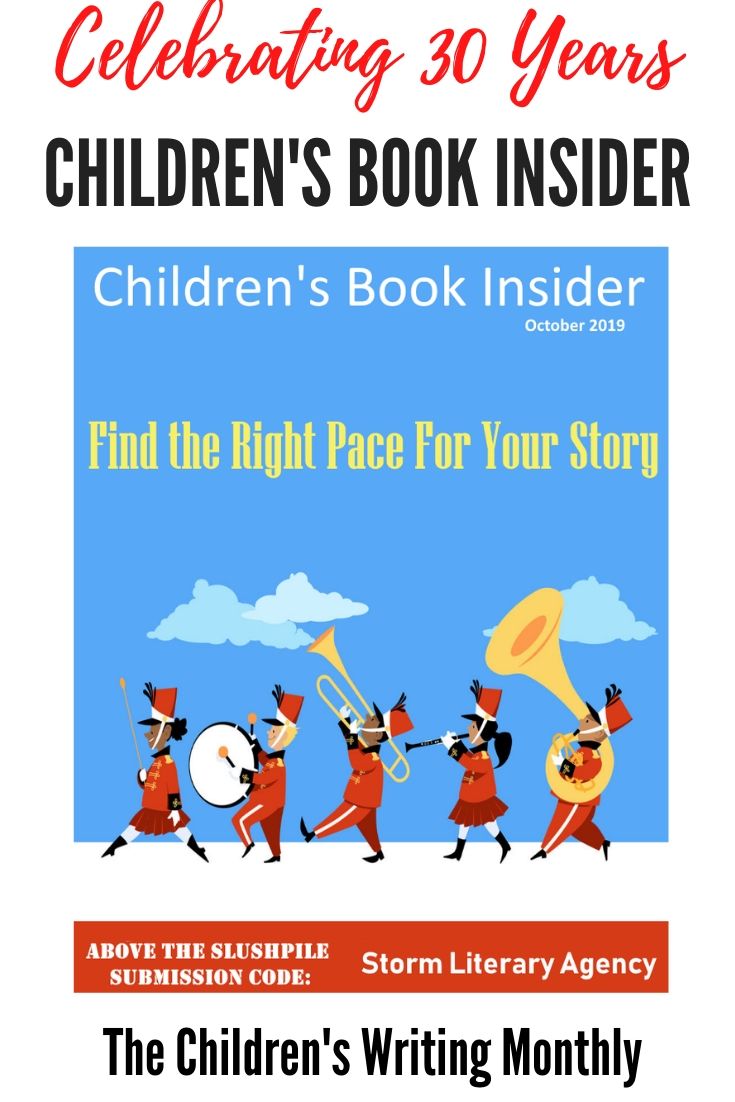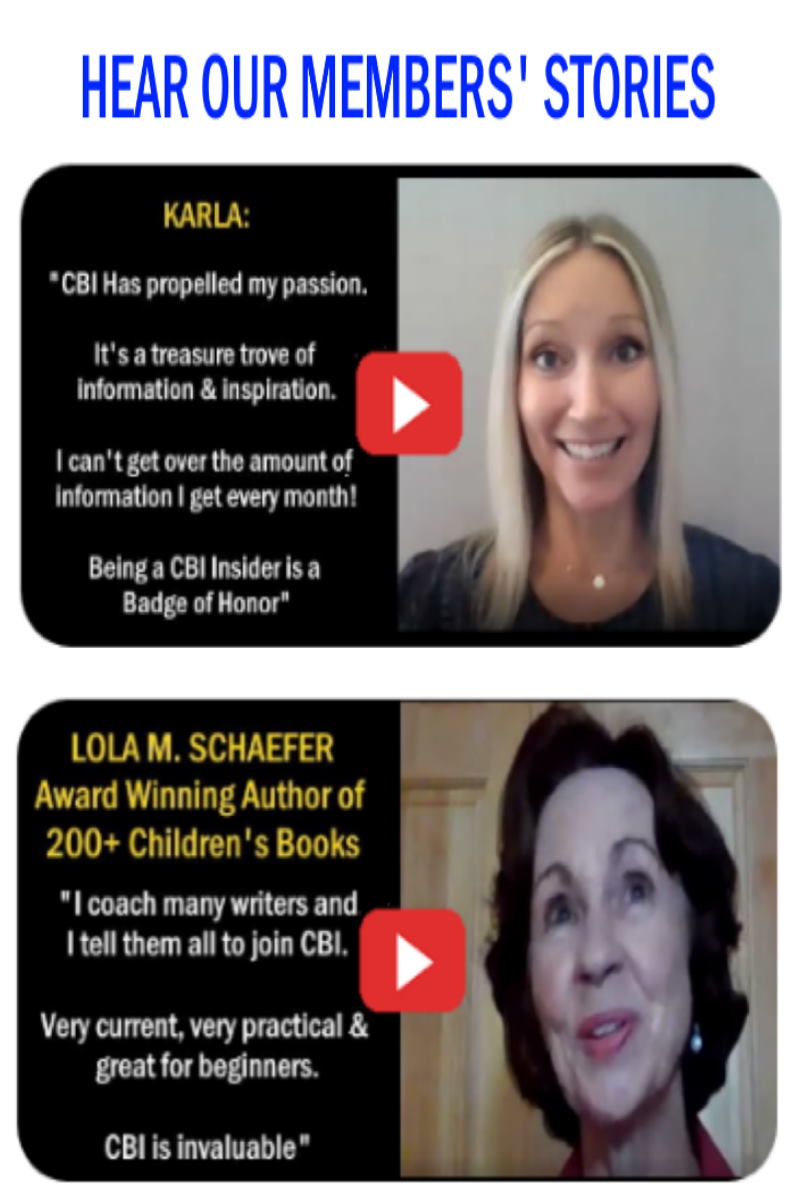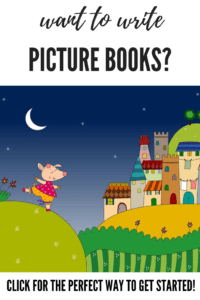
by Suzanna E. Henshon
Have you ever wished you wrote someone else’s book, particularly if it is a classic or a bestseller? There’s nothing wrong with writer envy, but instead of being jealous, why not let another’s work inspire you?
Many writers write closely to what is already out there, hence the epidemic of vampire books after the success of the Twilight series. But you can be inspired by something that worked without being too derivative. You can use a classic or modern classic as a springboard for your piece without writing too closely to it. A perfect example would be the Twilight series, which is a tribute to classic novels, or The Phantom Tollbooth, which was clearly inspired by Alice in Wonderland. Let’s not forget The Whipping Boy, which is a unique twist on The Prince and the Pauper. Sometimes a spinoff of a classic can become a classic in its own right!
When it comes to the actual craft of writing, take it a step further. Don’t just get inspired by the great books out there, copy them! Believe it or not, copying has been a wonderful tool to learn writing. Ben Franklin used to copy essays, learning the subtleties of fine language and how to structure his thoughts. Thomas Hardy also sat and copied passages from fine works before going on to create his own. Copying as an art has a long history, dating back to the monks who used to produce beautiful copies of Biblical texts.
Of course, copying another writer’s story and publishing it under your own name equals plagiarism. What I’m advocating is using copying as a learning tool, to understand the technical mastery behind the books you love. If you actually type or hand write another’s text, you’ll internalize the rhythm, the word choices and the pacing of published authors. Count the number of words on each page. See exactly how long it takes the author to introduce the main character, and how many more words go by before that character’s conflict is revealed. How many sentences, on average, does the author devote to each piece of dialogue before it’s interrupted with action? How many adjectives and adverbs appear in each chapter?
Then work to incorporate these new skills into your original stories. As you write (and write…and write…) you’ll gradually stop mimicking the authors you’re modeling and instead find your own voice. But now you’ll have a solid grounding in the craft from which you can experiment and stretch your creativity. And in that moment, you will touch magic.
Dr. Suzanna E. Henshon teaches full-time at Florida Gulf Coast University and is the author of several young adult and middle grade books, and two collections of writing exercises. Her newest book, Andy Lightfoot and the Time Warp, is available for the Kindle on Amazon.
Tags: voice






This is a good idea for budding writers. Mind is creatively occupied in writing rather than reading.